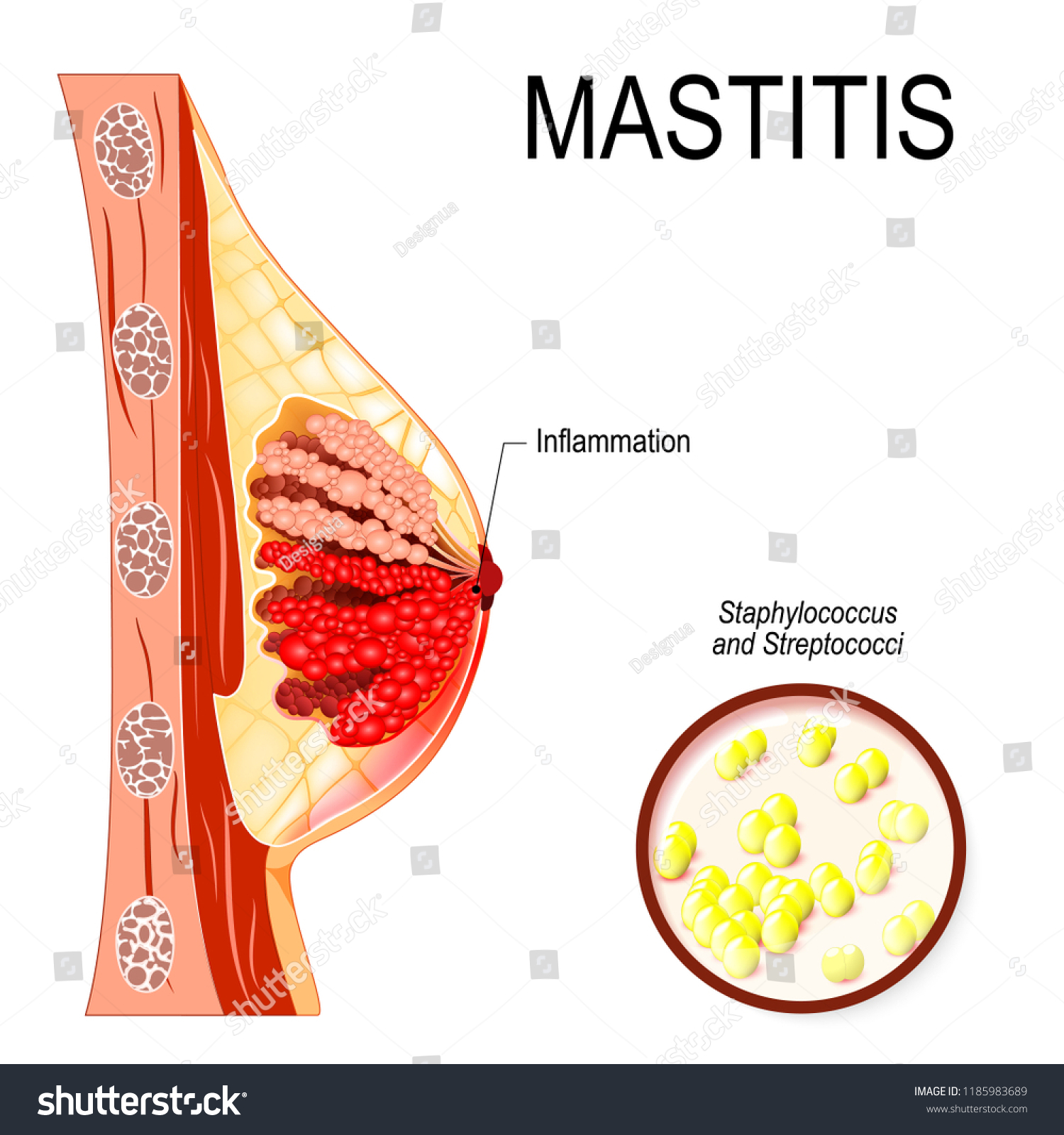Health Ass. Exam 4: Child/Adult Exam, Substance abuse, Trafficking, Breast and Lymphatics
1/101
There's no tags or description
Looks like no tags are added yet.
Name | Mastery | Learn | Test | Matching | Spaced |
|---|
No study sessions yet.
102 Terms
What does APGAR mean and what’s it used for?
Appearance: skin color
Pulse: Heart rate
Grimace: crying or not
Activity: moving?
Respiration: weak or strong cry
scoring chart for infants 1 min and 5 mins after birth to see how well they adapt to environment outside of mother’s belly
What should u plot on growth chart against infant’s age when checking up? How often do babies need wellness visits?
weight (bby only has diapers on and NOT soiled!!)
length
head circumference
@ birth, 1 month, 6 month, 15 months, 18 months
Babies are sensitive to sound and temperature, so make sure u what?
lower volume; put a beanie on their head
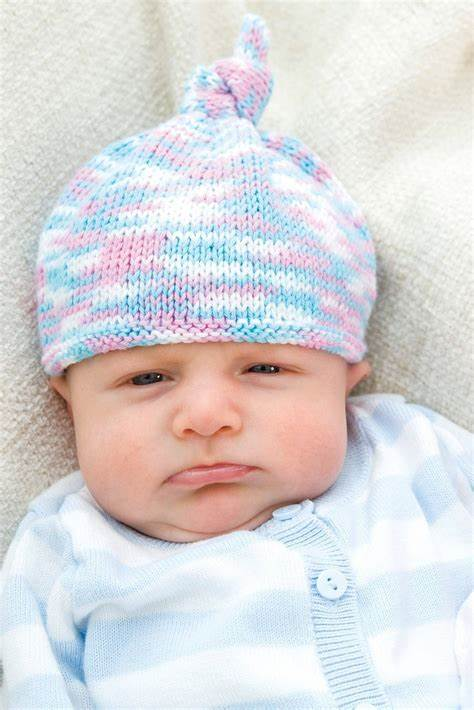
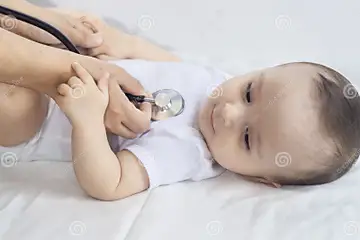
the sequence of a baby’s physical assessment should be based on…
baby’s sleep and wakefulness state
2 hrs after baby eats
physical condition
infant supine on warming table w parent holding child
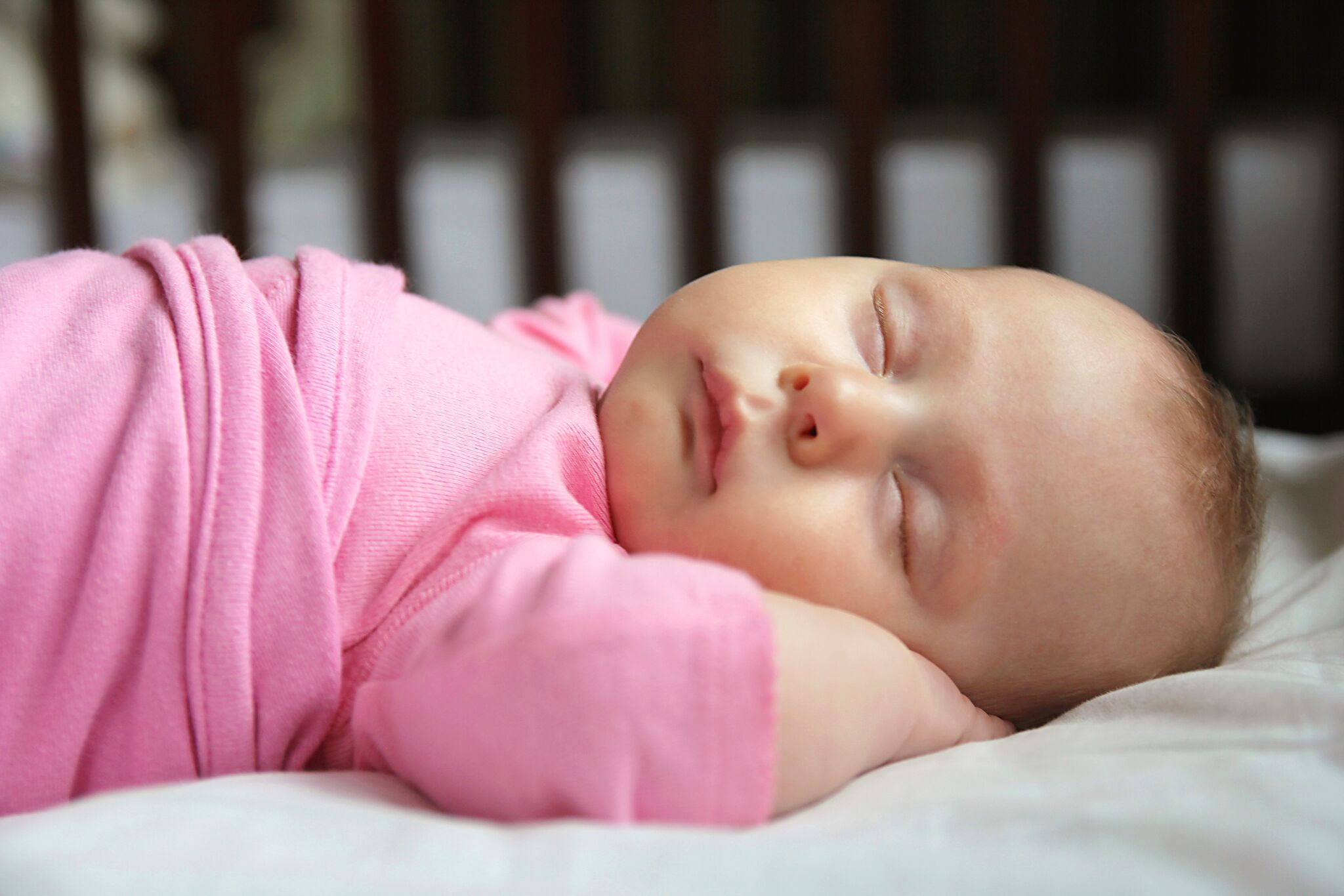
When baby is sleeping, what can u do in mean time on them?
auscultate heart, lungs, and abdomen!!!
What stage is baby in on Erikson’s Stages?
Trust v. Mistrust
For infants, how should u prepare them for an exam?
goal is to make them comfortable in setting
remove outer clothes with a fresh diaper
if baby sleeping, listen to heart, lungs, belly
test reflexes last!!
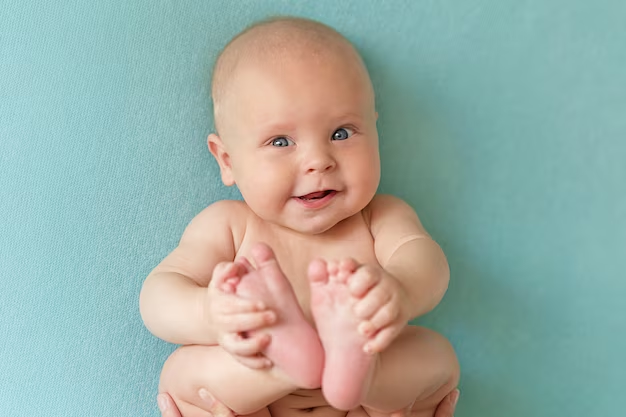
What are the three baby reflexes u test? And what’s the one u test LAST?
Babinski
palmar grasp
Moro (LAST)
What’s the Moro reflex?
startle reflex
hold bby’s hands and then let go to see if baby startles/ crys (mean)
to see if baby responds to stimuli and has good control of head/ neck
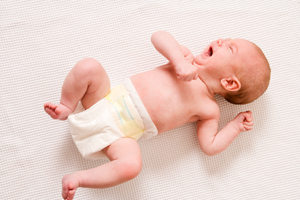
Whats the Order of Inspecting, Auscultating, and Palpating on a Neonate/Infant?
Auscultate
Inspect
palpate
What do u Inspect for on a Neonate/ Infant?
mvmt of extremities— hip ROM (due to birth)
retractions while breathing— gasping for air or not
skin color— jaundice, cyanosis, rashes?
umbilicus— umbilical hernia (make sure healing good after cord falls off)
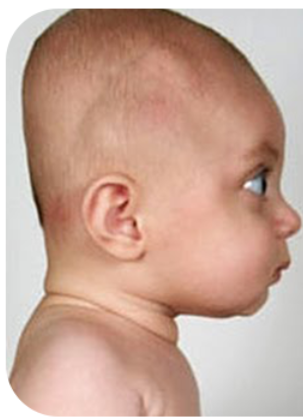
Where do u palpate on Neonate/ Infants?
fontanels— dont have bulges
know how mom delivered ex: forceps or natural? — cone heads
suture lines— any swelling present here?
palate—sucking reflex (use fingers and see if they suck it)
Whats a toddler’s stage on Eriksons’ Stages?
Autonomy
always say “NO”
stubborn
What should u be aware of when assessing a toddler? And how should u resolve this?
they are often difficult to examine bc they’re frightened, have fear of invasive procedures, and do not want to be restrained!!
demonstrate procedure on mom first= more accepting attitude
Praise child when cooperative
undress to clean diappy
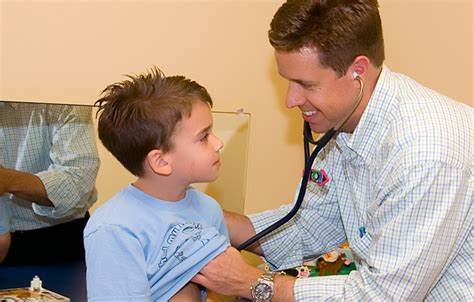
Key things u should know about assessing Pre-Schoolers? Like attitude, behaviors…etc
often cooperative and helpful
let them be apart of examine
they may see illness as punishment/ being bad
undress to undies
compliment child on good behavior!!
good boy 😉
recoils from invasive procedures— tongue depressor or otoscope
save for last!!! have them be comfy w/ u first!!
How should u have 3 y/o and 4-5 y/o sit for an exam?
3 y/o: may want to be held by mom
4-5 y/o: usually feels comfortable on the table
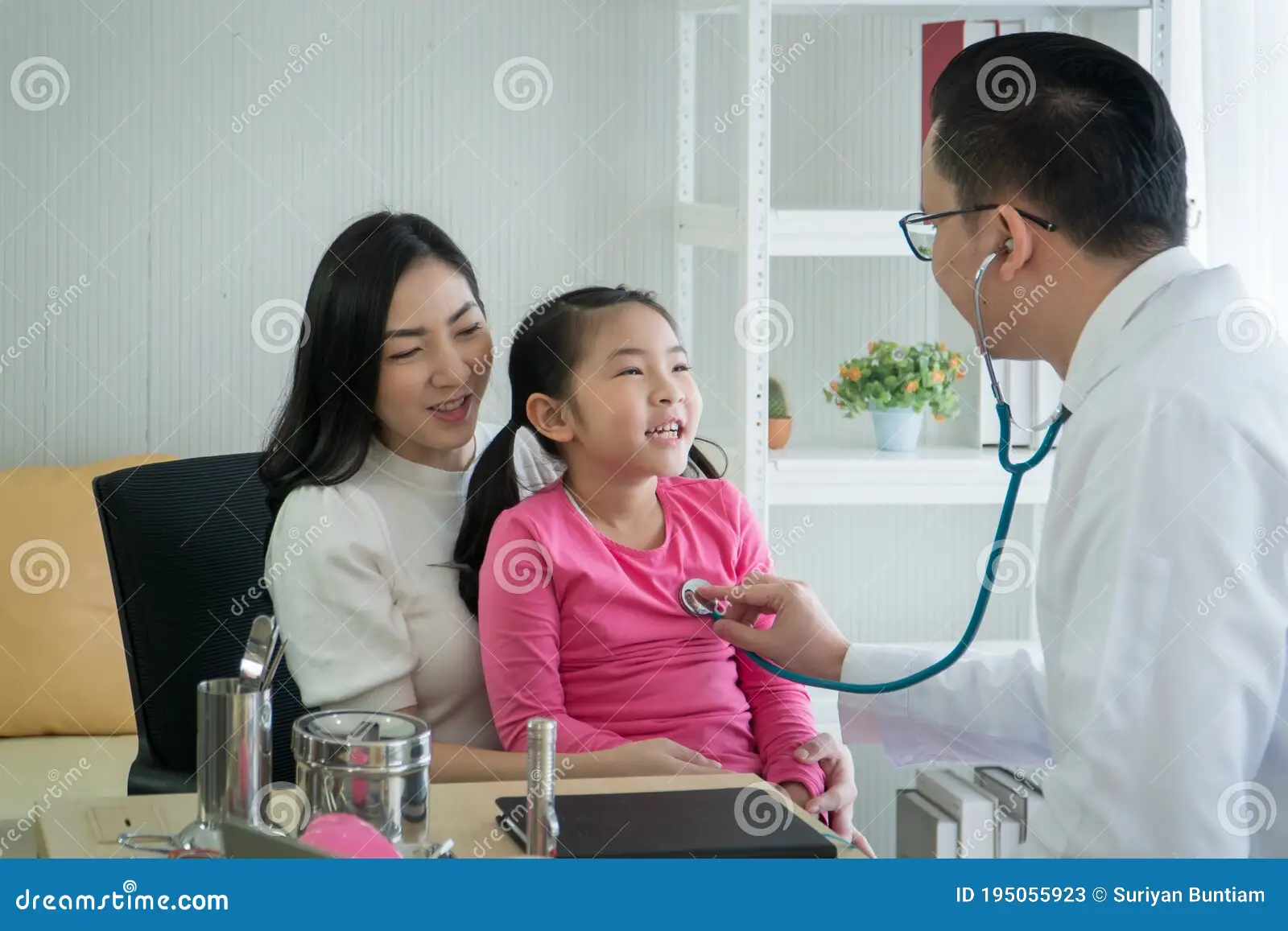
When checking up on a preschooler, u should evaluate what?
parent and child interaction
ability to entertain self while parent speaks
fine/ gross motor skills
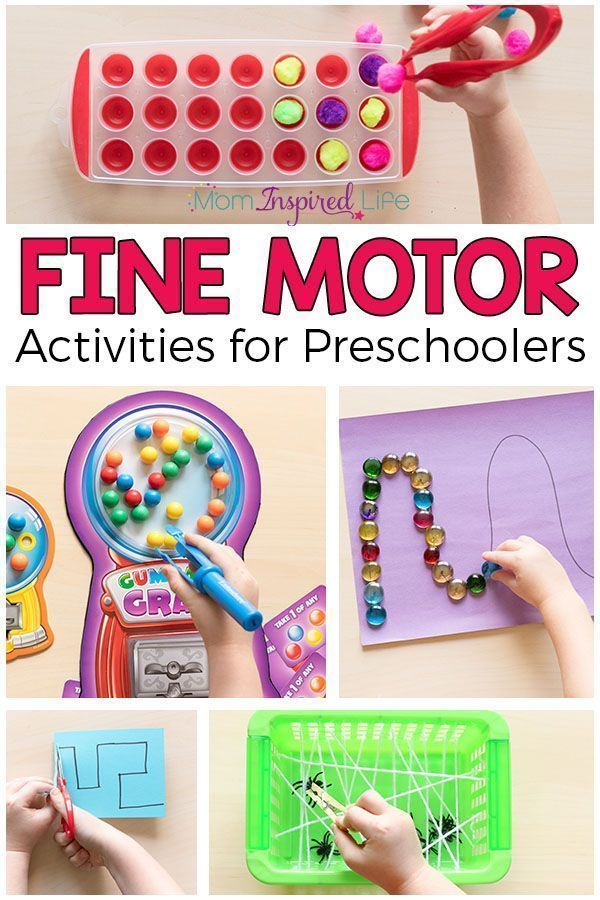
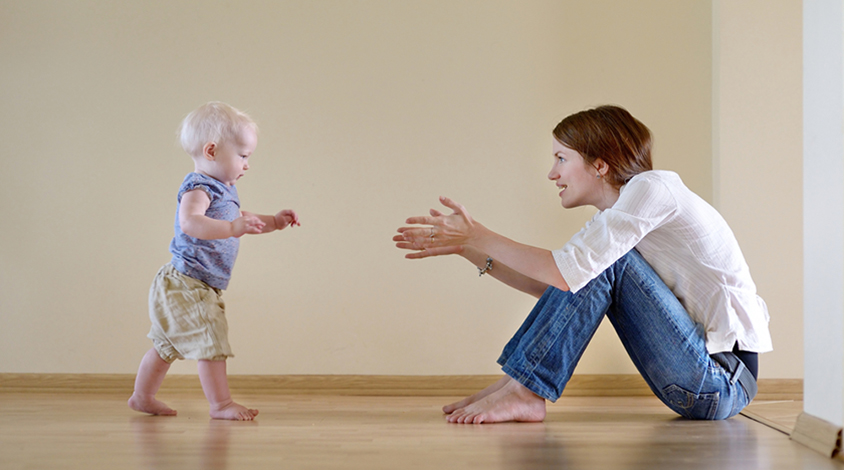
Inspection of Toddler/Preschooler?
Gait and Foot Alignment
pigeon toed? bow legged? coordination
Bumps and Bruises
prone to falls and accidents
abnormal: on buttocks, perineal area, burns
foreign bodies in ear/nose
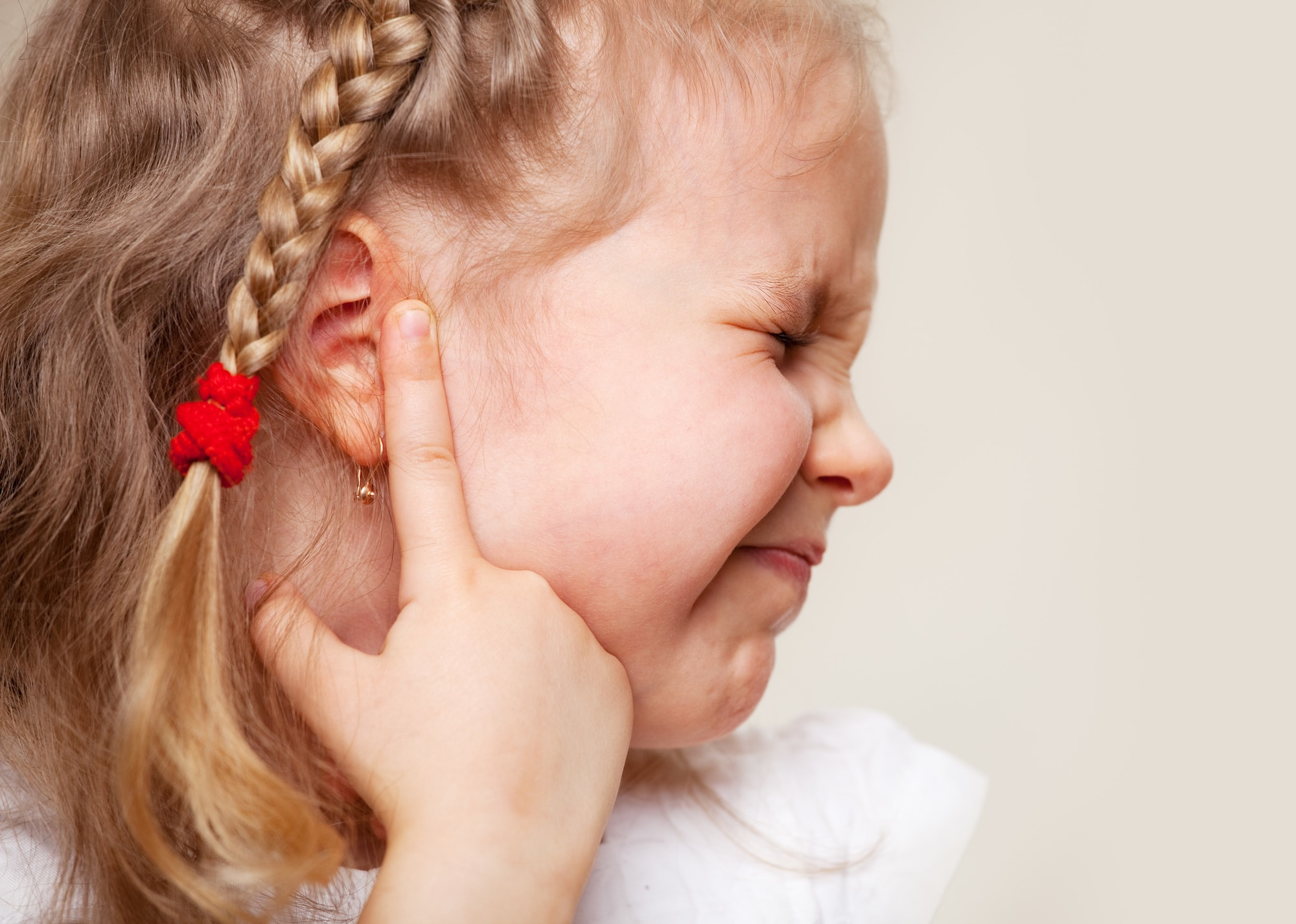

What do u percuss, palpate and auscultate for on Toddler/ Preschoolers?
Percuss: Deep Tendon reflexes
biceps
patella
Achilles
triceps
Palpate: Peripheral pulses
Auscultate: Presence of murmurs
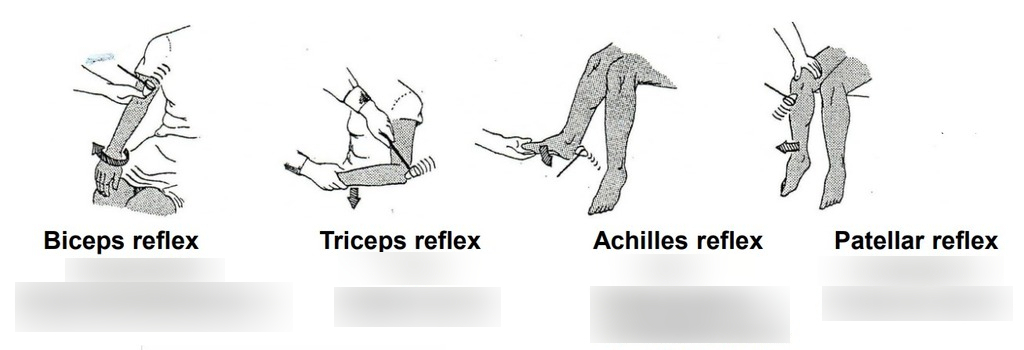
School age children behaviors?
cooperative and interested in learning
How to assess school age children?
explain all steps of ur assessment
positive reinforcement of good behavior
child can answer most questions w/o parental involvement
perform basic head to toe
Which stage can u start to ask the child questions instead of parent?
school aged children 6-12 y/o
“how are u feeling now?”
“have u had any accidents?”
Erikson’s stage for Adolescents? 13-18 y/o
Identify vs Role confusion!!
they’re very self-conscious and introspective
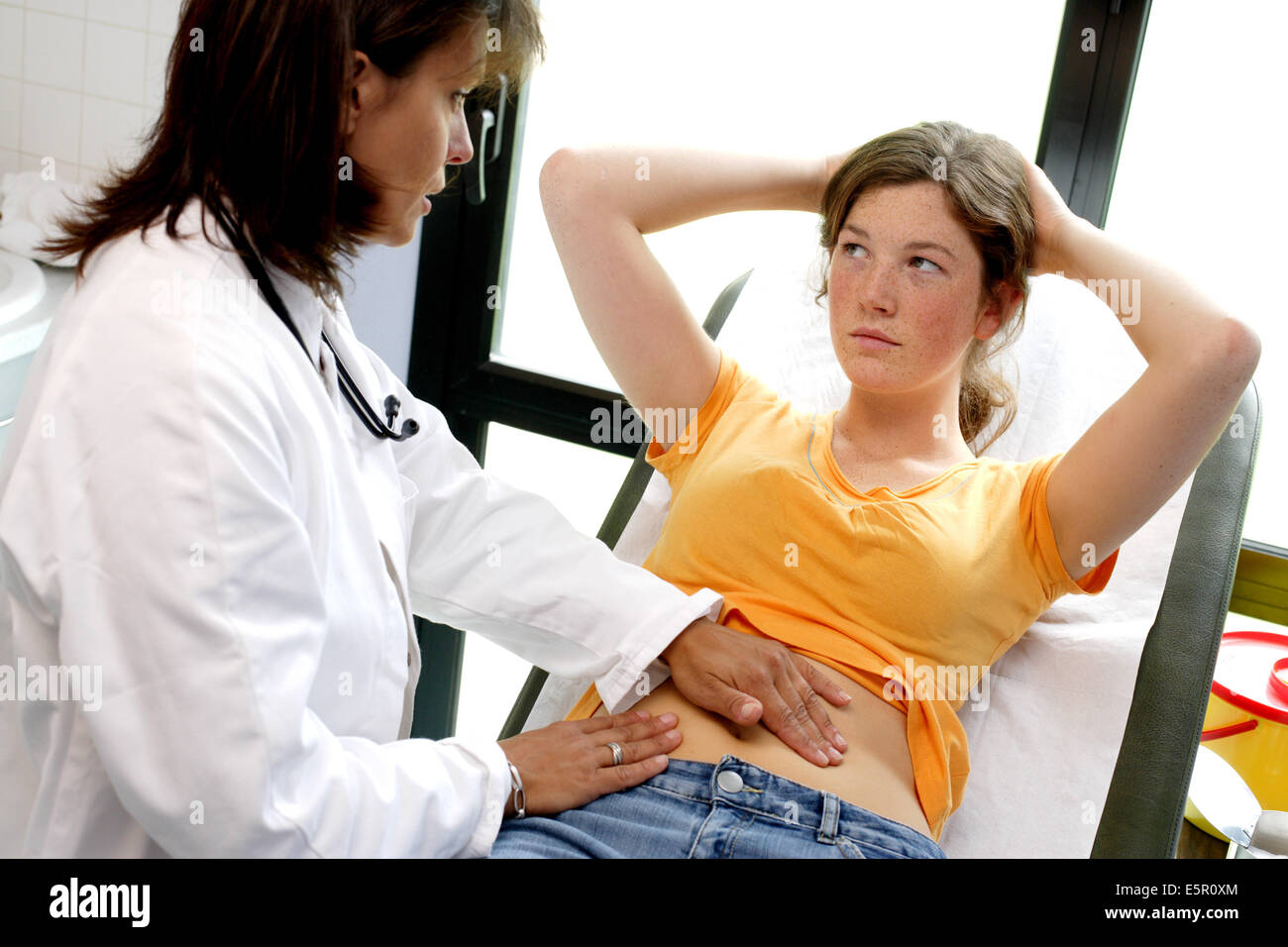
Tips to perform an exam on adolescents? 13-18 y/o
perform exam in head-to-toe format
allow them to keep street clothes on for a well-person exam, and work around them!!
unless something comes up…sexually active
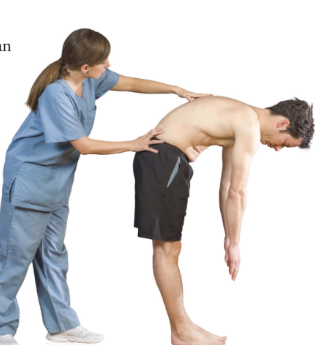
What do u look for during inspection of adolescents?
signs of abuse or self-mutilation
hygiene
signs of puberty
“have u noticed any changes in ur body? @ what age did that start?”
spine for scoliosis
Alcohol, tobacco, drug use
be unbiased!
stress management
sexual health
appropriate questions: “do u and ur partner use contraceptives?”
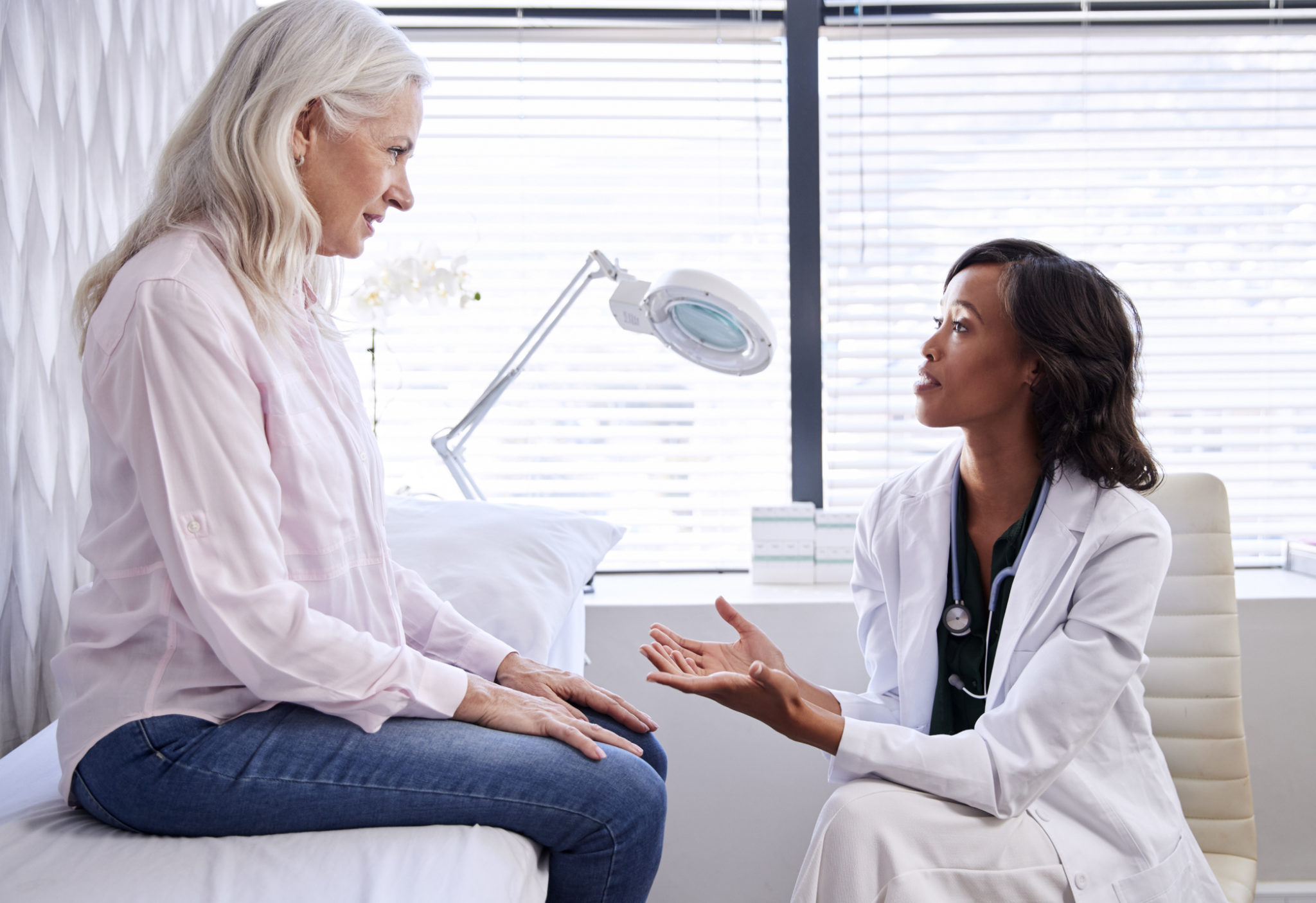
How should ur examining sequence be arranged for the Aging Adult?
arrange it to allow as Few Position changes as possible?!!
dont keep turning them!!
and allow for rest periods!!
Why would u use physical touch on an aging adult?
due to decreased senses like vision and hearing…unless culturally unacceptable
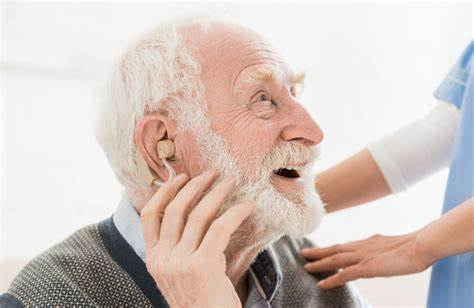
What should u not mistake diminished vision and hearing for on an aging adult?
confusion!
The Nurse is preparing to examine an infant. At what point in the exam would the nurse attempt to elicit the Moro reflex?
a. while the infant’s sleeping
b. at the end of exam
c. before auscultation of the thorax
d. after inspecting the general appearance
b. at the end of exam
What action by the nurse is appropriate when examining a 16 y/o male teen?
a. discuss health teaching w/ the parent bc the teen is unlikely to be interested in promoting wellness
b. ask his parent to stay in room during hx and physical exam to answer any question and to alleviate his anxiety
c. talk to him in same manner as one would to a younger child bc a teen’s level of understanding may not match his or her speech
d. provide feedback that his body’s developing normally and discuss the wide variation among teens on the rate of growth and development
d. provide feedback that his body’s developing normally and discuss the wide variation among teens on the rate of growth and development
Difference b/w formal and informal care?
Formal care is paid caregiver (home health nurse, wound care… )
informal: not paid for services (spouse, mom, dad)
When do u perform a thorough exam?
upon admission!!
What does Functional Status refer to as?
ability to perform self-care
ex: Parkinson’s= tremors and at risk for falls, problem feeding self
What does Functional Ability refer to?
to perform ADL’s and IADL’s
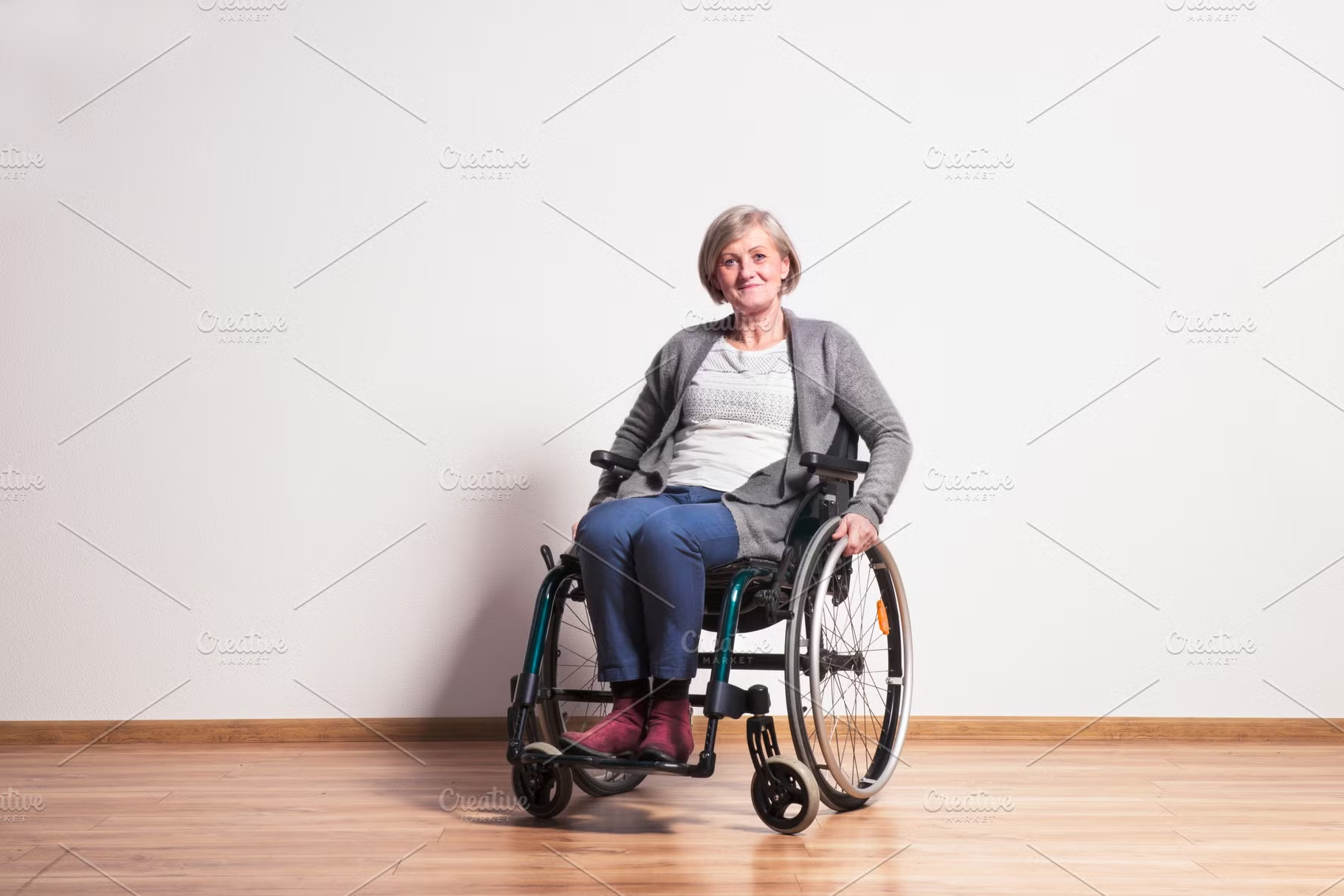
Functional assessment is needed for…
eligibility to obtain services— durable medical equipment (walker. wheelchair), home modifications, and inpatient or outpatient rehab services (PT/OT/speech)
Whats the two approaches to Functional Assessment?
individual’s self-report abt his/her ability to perform tasks
observing his/her ability to perform tasks
What are the three overarching domains to Functional Assessments?
ADL’s
IADL’s
Mobility
Give Examples of ADLs
eating
bathing
grooming (washing, combing hair, shaving, oral hygiene, dressing)
toileting (bowel/ bladder)
walking (includes propelling wheelchair, using stairs)
transferring (bed—> chair)
Whats the goal of IALD’s?
to measure functional abilities necessary for independent community living
Examples of IADL’s?
shopping
cooking
housekeeping
laundry
managing finances (beware of scammers!!)
taking meds.
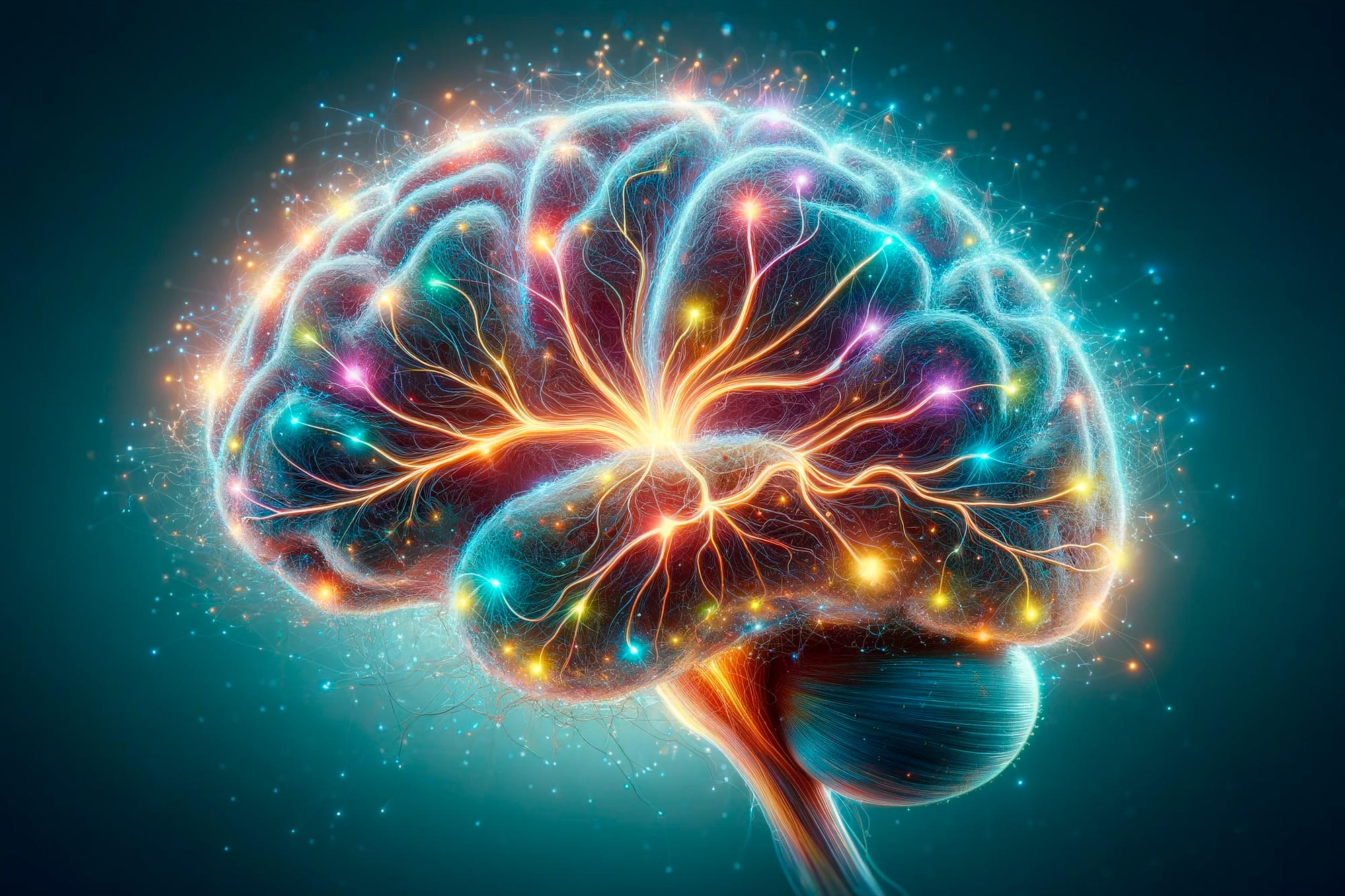
What else should u also assess for during Functional Assessment? And why’s it important?
cognitive status!!
important for dc planning— will pt remember to take their meds??
assess readiness for learning!!
What are the three common mental disorders of older adults? (3 D’s)
Dementia: chronic, alterations in word finding, naming, obj. and memory problems —> become depressed
Delirium: acute, cognition affecting attention due to illness…a UTI
busy environments make pt wary so know baseline to rule out psychotic disorder!!!!!
Depression: complain of memory impairment
Why should u also assess the caregiver??
bc high levels of functional dependency place a burden on them and can result in caregiver emotional and physical stress:
caregiver burnout
depression
worsening health
**sicker pt=more strain on caregiver!!!*
Signs of Caregiver burnout includes what?
anxiety
social isolation
increased stress
depression
weight loss
Define Intoxication
ingestion of substances changing effects on the CNS
response time, depress, tremors, motor function
Define Abuse
Daily use needed to function, inability to stop!!
Define Dependence
physiological dependence on substance
cant even brush teeth w/o taking it/ drinking
Define tolerance
requires increased amt of substance to produce same effect!!
Define withdrawal
cessation of substance produces syndrome of physiological symptoms
How many drinks considered Safe alcohol consumption?
W: 1 drink per day
M: 2 per day
How many drinks considered Binge drinking?
W: >4 in 2 hours
M: >5 in 2 hours
How many drinks considered Heavy drinking?
W: >8/ week
M: >15/ week
Why do u ask about alcohol and drug consumption besides for thir health?
bc drub combo w/ alcohol alters metabolism of drug—> effects will be higher!—> dangerous!!
ex: opioids
The Prescence of alcohol consumption in a patient’s hx is a significant risk factor for development of what?
comorbidities
additional dx or disease
HTN, stroke, heart disease, afib, H.F
Name all the ilicit drugs
marijuana
cocaine
heroine
hallucinogens (shrooms, LDS)
inhalants (sharpies, glue, cleaning supplies)
meth
non-med use of psychotherapeutics (prescription pain killers—opioids, tranquilizers, stimulants, sedatives)
Subjective data question regarding alcohol usage?
do u sometimes drink beer, wine or other alcoholic bevs?
socially?, every night—> how much?— 1 bottle or a 6 pack???
how many times in the past year have u had 5 or more drinks (men) or 4 or more drinks (women)?
on avg, how many days a week do u have an alc. drink/
on a typical drinking day, how many drinks do u have?
the nurse is asking an adolescent abt illicit substance abuse. The adolescent answers “Yes, I’ve used marijuana at parties w/ my friends.” What is the next question the nurse should ask?
a. Who are these friends?
b. Is this a regular habit?
c. Are ur parents aware?
d. When was the last time u used marijuana?
d. When was the last time u used marijuana?
Whats the 2 tests to identify alcohol use disorder?
Alcohol Use Disorder Identification Test (AUDIT)
Cut Down, Annoyed, Guilty, Eye opener (CAGE)
Components of a CIWA scale?
nausea/vomiting
tremors
sweating
anxiety
agitation—ability to sit still
tactile disturbances— itching, pins and needles
auditory disturbances— hearing sounds not there (hallucinations)
visual disturbances— seeing things not there (hallucination)
orientation
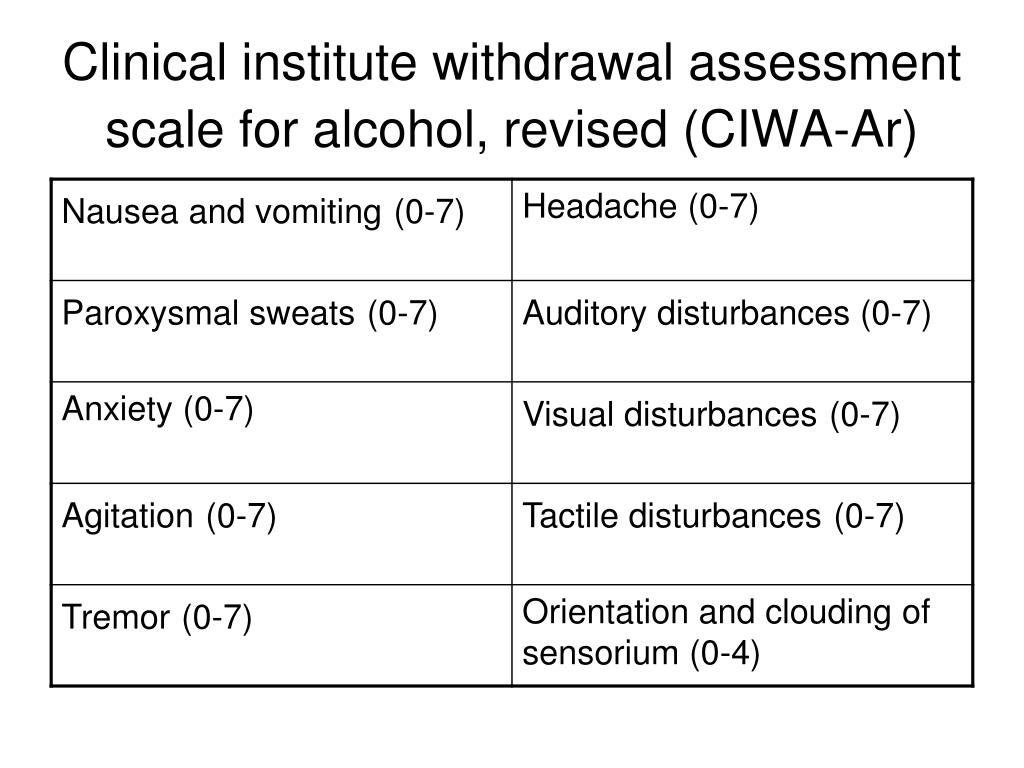
How often should u complete CIWA scale?
q2 vitals for 72 hrs if pt is withdrawing!!
worst symptoms will occur for 72 hrs!!
What should u anticipate while assessing CIWA?
seizure precautions!!
take vital signs
tachycardic, HTN, fever
signs/ symptoms of alcohol withdrawal?
disorientation… duh
slurred speech
poor dexterity (tremors)
anxious
GI upset= vomit
diaphoresis=fever
palpitations: maybe HTN, tachycardic
Whats the difference b/w illusions and hallucinations?
illusions is when the object is present and doing something funky
hallucinations is when object/ person is not there!!
3 types of hallucinations?
auditory: hearing voices not present
tactile: bugs on skin
visual: seeing ppl/objects not present
Illicit drug questions?
illicit= drugs not prescribed to u; stolen or abusing it
Do u sometimes take illicit or street drugs such as marijuana, cocaine, hallucinogens, narcotics?
When was the last time u used drugs?
How much did u take that time?
Whats ur drug of choice?
What are the 4 types of Violence?
intimate partner violence
child abuse/ neglect
elder abuse
human trafficking
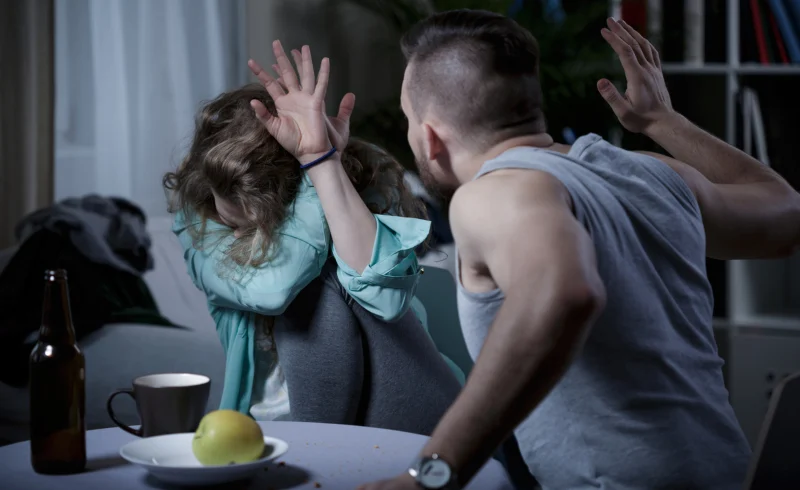
Intimate Partner Violence consists of…
physical violence
sexual violence
stalking
harassment/ emails
psychological aggression
gas-lighting
Teen dating violence
when teen doesn’t have good social/ family support
during adolescent years 12-17 y/o
leads to anxiety, depression, engaging in unhealth behaviors, suicide
What is the difference b/w violence and abuse?
the population
vulnerable population is generally considered abuse… child abuse and elder abuse
What are 5 forms of abuse?
neglect
children/ elders—not feeding them
missing certain amt of days of school
physical abuse
sexual abuse
children and elderly
emotional abuse
u’re not good enough
u’re ugly
i dont want u around anymore
financial abuse
specific to elderly
misusing their bank info.
What is human trafficking?
compelling or coercing a person to provide labor or services, or to engage in commercial sex acts
Where do victims of human trafficking come from and work at?
other countries
work in legal or illegal industries like agriculture, child or elder care, drug trade, hospitality, and factories
Abuse victims have significantly more chronic health problems such as:
gynecologic problems and negative consequences during pregnancy
UTI’s, STI’s
reproductive health problems
wants to abort—>drug abuse—> depressed—> preterm bby
depression
suicide
PTSD
substance abuse
chronic pain
Routine, universal screening for IPV has been called for by most professional organizations and therefore, means to ask pts what?
basic screening questions at every health care encounter
What are all the red flags?
injuries healing at different stages
failure to keep appointments
signs of trauma (depression, insomnia, nightmares, anxiety)
reluctance to provide details abt home life or family problems
strong dependence on partner for decisions
alcohol or substance abuse!!
What should u take a mental note of when examining children for injuries healing at different stages?
if child doesn’t walk, they shouldn’t have many bruises
kids also should NEVER have bruises on belly, ear, or face!!
Where do u check for abuse on children?
buttock, perineal area
hands and feet if they have mittens on— for burns
What are the mandatory reporting rules in state of FL?
victims have right to privacy and self-determination aka healthcare provider Can’t report w/o informed consent!!
except if gunshot or life-threatening injury!!
What population are more often killed by significant other than by anyone else?
women!!!
42% of whom have been seen in health care system in the year before they were killed?
women!!!
When documenting abuse report, what actions do u perform?
map exactly what lacerations u see on pt!
quote exactly what they say
put clothes in brown bag and sign off
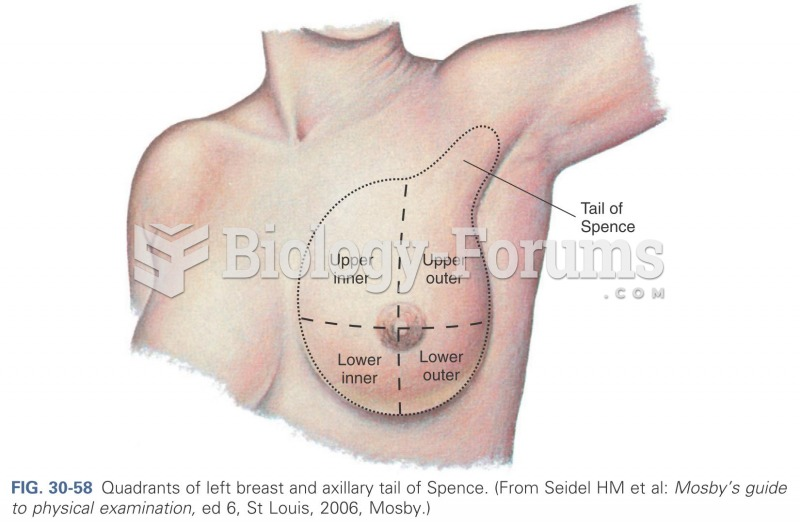
Where is the Tail of Spence located?
Extends to axilla laterally and up diagonally
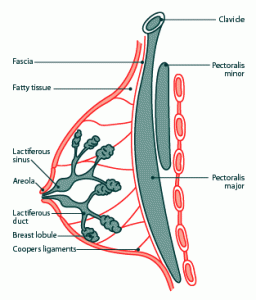
What specific ligament supports the breast tissue?
If they contract, what does it mean?
cooper’s ligament
means cancer causing dimpling of skin
What hormone stimulates breast change during puberty (aka breast budding)?
Estrogen
Which two hormone secretion decrease after menopause, causing breast atrophy??
estrogen and progesterone
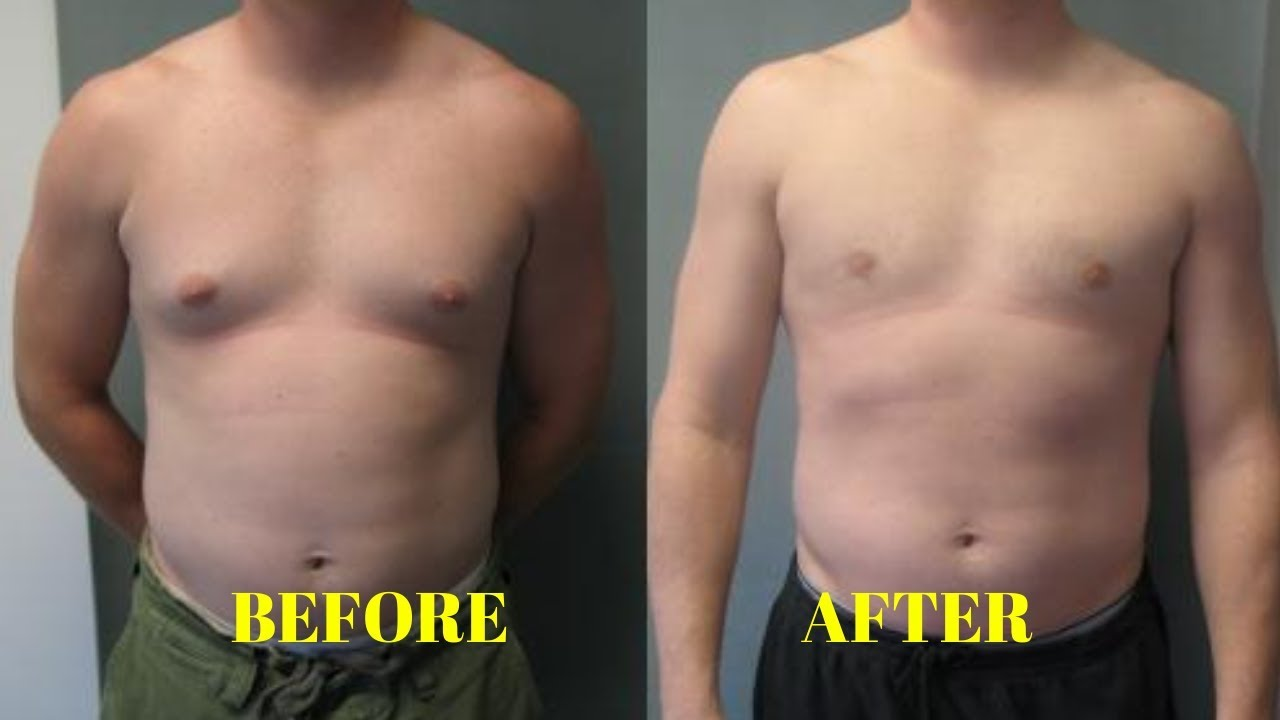
What’s gynecomastia?
And can males still get breast cancer??
occurs when breast tissue enlarges temporarily— reassure adolescent male it will go away (could create distorted body image)
yuhh
List subjective data questions u can ask during breast assessment
pain?/ tenderness?
lumps?
discharge
rash
swelling
trauma?
any history of breast disease?
had any surgeries (mastectomy)?
what are ur self-care behaviors?
look for cancer moles
do u perform BSE?
when’s ur last mammogram?
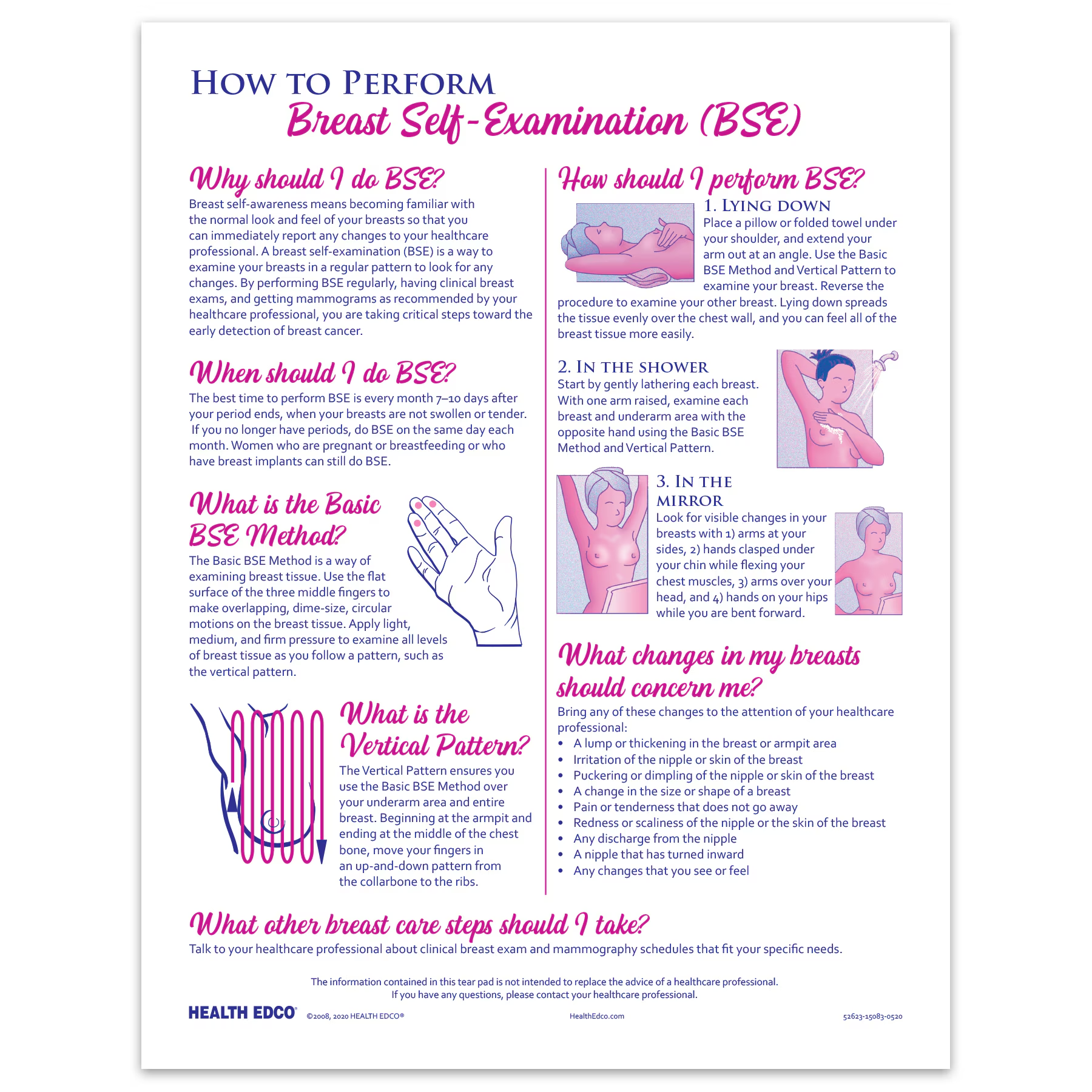
What are abnormal findings in axilla region?
Tenderness, lump, swelling
rashes
What to inspect for in breast when pt’s sitting up:
general appearance
symmetry
skin
lymphatic areas/ axilla
nipples
aereolae
What place is most important to assess as Lumps will start to form in Tail of Spence?
Axilla!!
What are the three positions for a retraction assessment?
arms over head
hands on hips
leaning forward
Assess symmetrical mvmts of breasts!!
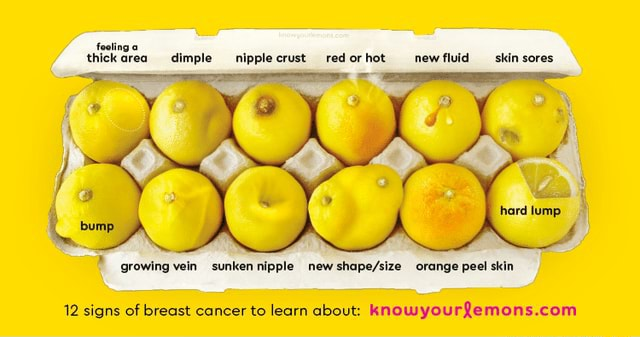
Signs of cancer in breast (8)
Size: enlargement and asymmetry
Nipple: circumferential retraction
Areola: Paget disease (eczema)
Skin:
dimpling
nodule
ulceration
peau d’orange
Metastasis:
Sister Joseph Nodule in umbilicus
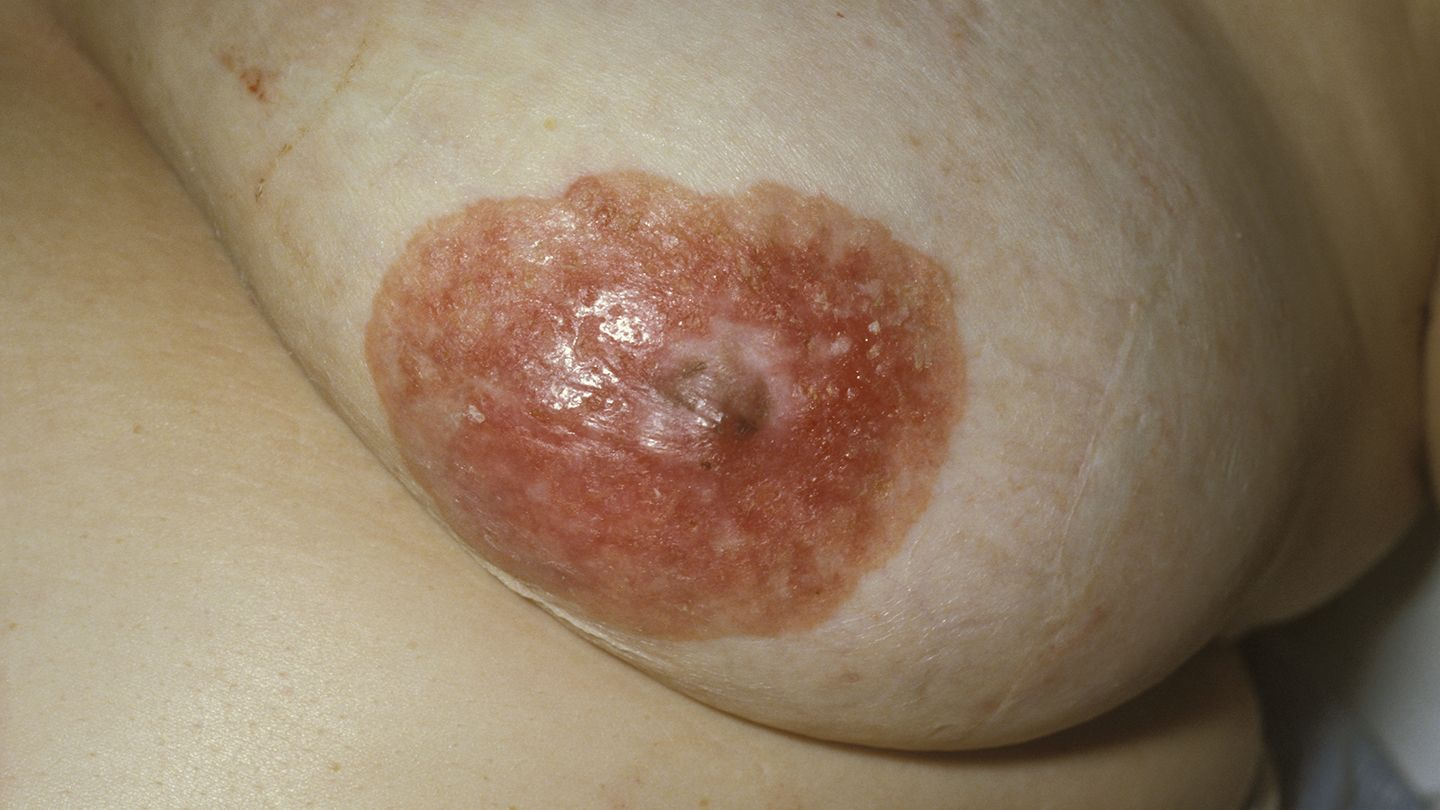
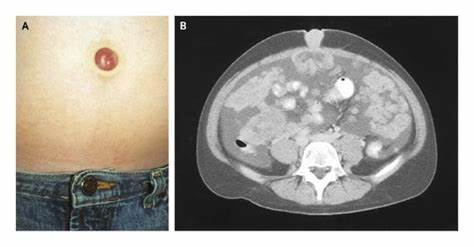
Whats Sister Joseph Nodule
palpable nodule bulging into umbilicus—> malignant cancer in pelvis or abdomen
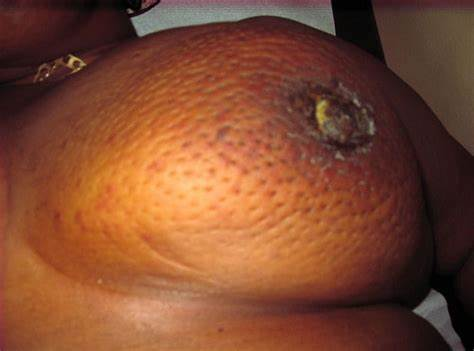
What happens in Peau D’orange?
lymphatic obstruction produces edema, thickens skin and exaggerates hair follicles, giving a pigskin or orange-peel look
What to do in palpation of woman’s breasts?
Axilla area
Compress nipple
moves inward easily
Palpate in consistent order (rotary mvmts)
bimanual technique
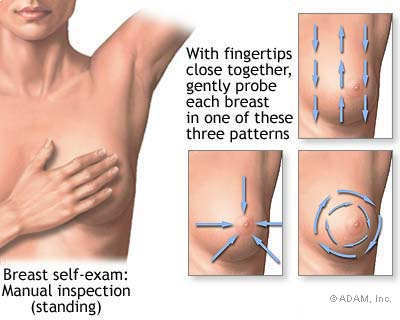
if a woman mentions breast lump she discovered, which breast do u first examine? And why?
Unaffected breast
to learn baseline for normal consistency!!
What do u check for when a lump is present? (7)
Location
Size
Shape
Consistency
Mobility
Distinctness
Tenderness
Whats normal expectation when a women’s breastfeeding?
breast and nipples will be tender

What 2 infections are more common when when a woman starts lactating?
Mastitis
inflammatory mass before abscess—area’s red, tender, very hot, and hard!!
either from infection or statis from plugged duct
Candida (yeast)
Whats a plugged duct?
when milk isn’t removed completely due to poor latching
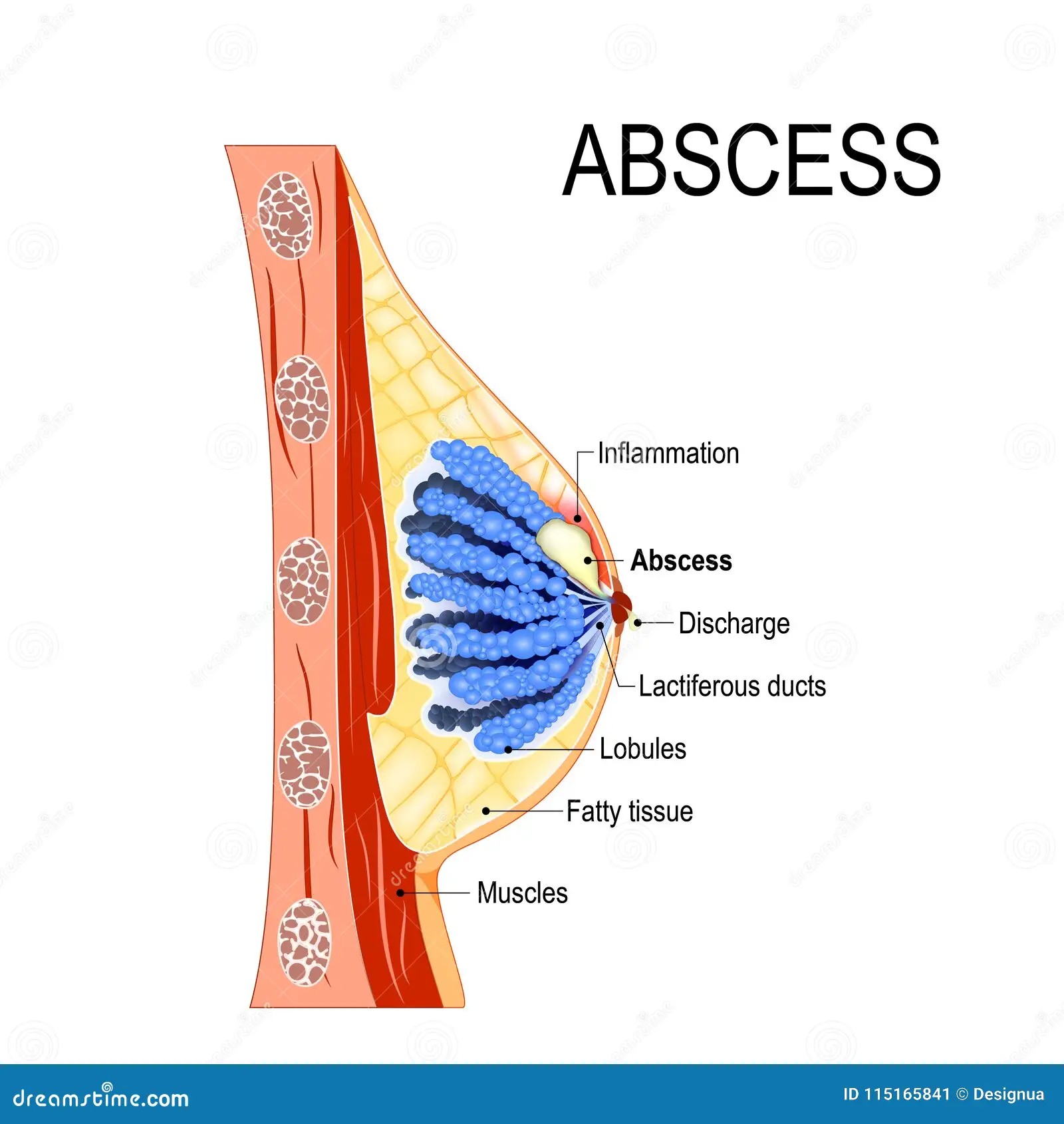
Whats a Breast abscess?
complication of Mastitis that is untreated, pocket of pus that feels hard, looks red, and very tender and accumulates in one area!
